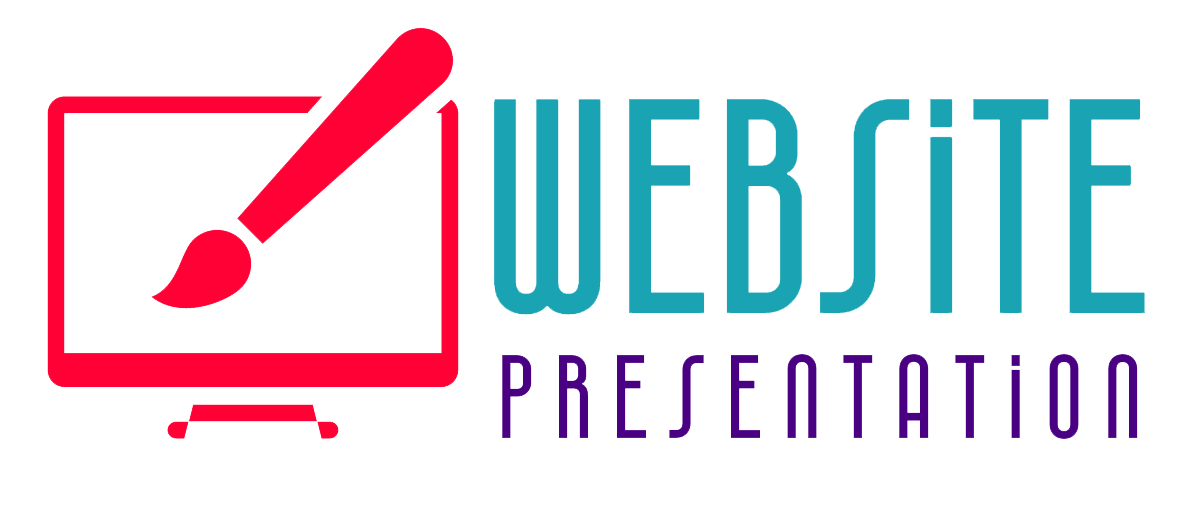Crafting a visually appealing, user-friendly, and memorable website is a challenging task for web designers. A well-defined website design process, accompanied by a clear set of milestones and a realistic timeline, is crucial for ensuring a successful outcome. In this comprehensive guide, we will explore the key milestones and the suggested timeline for a website design project.
In today’s competitive digital landscape, the quality of a website’s design plays a vital role in creating a lasting impression on visitors. To create a great website, designers need to go through a series of well-defined steps that can be broken down into manageable phases. Through this, designers can overcome confusion and distractions, leading to a more efficient and effective website design project.

1. Gathering Information and Understanding Requirements
The first milestone in the website design process is gathering information and understanding the client’s requirements. This step is crucial as it sets the foundation for the entire project. Designers should meet with the client to gain a deep understanding of their company, goals, and target audience. By asking relevant questions and conducting a thorough survey, designers can ensure that they have a clear vision of what the client wants to achieve with their website.
2. Planning and Mapping
Once the information is gathered, the next milestone is planning and mapping. This stage involves creating a site map and seeking client approval. The site map outlines the structure and navigation of the website, ensuring a seamless user experience. At this stage, designers may also decide on the technologies to be used and create wireframes that represent the basic layout and functionality of the website.

3. Content Creation and Strategy
Content is the heart of every website. The third milestone in the website design process is content creation and strategy. It is essential to plan and create high-quality, engaging content that aligns with the client’s goals and resonates with the target audience. A well-thought-out content plan will not only enhance the website’s usability but also expedite the web development process. It is recommended to finalize the content before moving forward with the visual design cycle.
4. Visual Design and Mockups
The visual design phase is where the website starts to take shape. Designers incorporate the content and wireframes to create pixel-perfect mockups. These mockups serve as a visual representation of the website, showcasing the color scheme, font sizes, and precise placement of all navigation and content elements. There are various web design tools available that can facilitate this process, making it easier for designers to bring their ideas to life. The client’s feedback and input are crucial during this phase, allowing for revisions and iterations until the design meets their expectations.

5. Development and Implementation
With the visual design approved, it’s time to move on to the development stage. This milestone involves fleshing out the design, developing new content, refining existing content, and incorporating other media elements such as videos and slideshows. It also includes coding, validation, and extensive testing to ensure compatibility across different platforms and browsers. Creating a demo installation allows the client to interact with the website as it is being developed, providing valuable feedback for further improvements.
6. Final Testing and Launch
As the website nears completion, the final testing and launch phase comes into play. Designers run through a series of tests to ensure that all functionalities are working correctly, and the website is fully optimized for a seamless user experience. Once the website is tested, reviewed, and approved by all stakeholders, it is ready to be launched for the public to explore. However, the launch is not the end. It marks the beginning of a continuous process of monitoring user feedback and making necessary adjustments to keep the website up-to-date and maintained.

7. Website Maintenance and Updates
A website is a fluid medium that requires regular maintenance and updates. It is crucial to keep the website fresh, relevant, and secure to maintain its effectiveness. Regularly updating content, fixing bugs, and implementing the latest security measures are essential for the long-term success of the website. Designers should work closely with the client to ensure their website remains current and meets the evolving needs of their target audience.
Conclusion
In conclusion, a well-defined website design process, accompanied by clear milestones and a realistic timeline, sets the foundation for a successful website design project. By following a structured approach and breaking down the project into manageable phases, designers can create visually appealing, user-friendly, and memorable websites. Navigate the web design process with ease and deliver outstanding results by adhering to these milestones and timelines.







